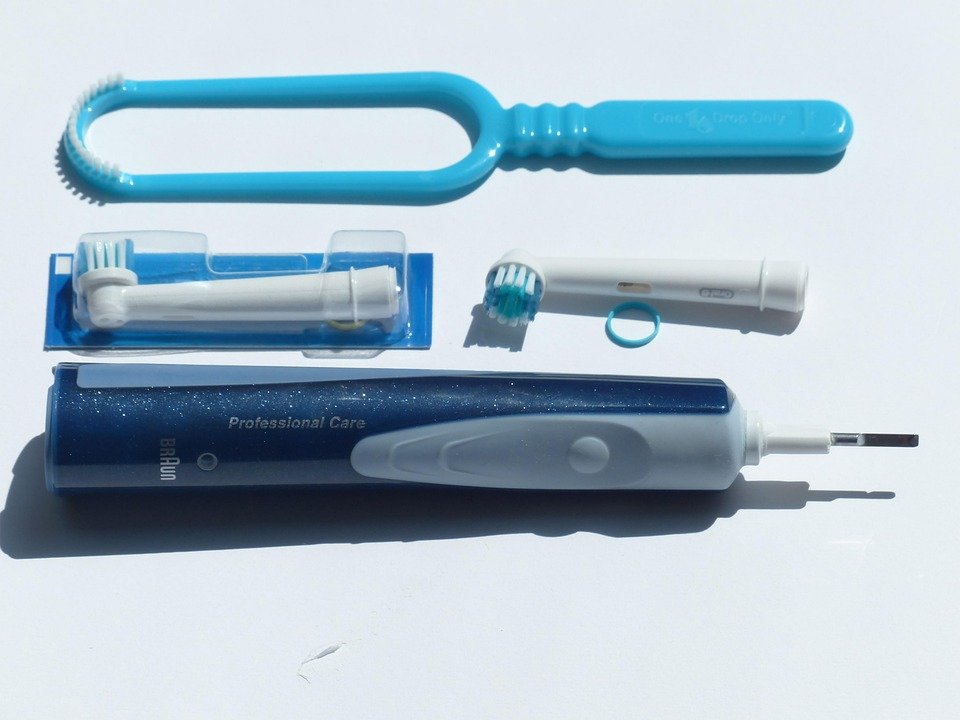How can dentists manage their online reputation on social media
Okay, here’s the question with added context, pretending I’m the one who initially asked it:
# How can dentists manage their online reputation on social media?
We’re a small dental practice, just three dentists and a really dedicated team. We’re seeing more and more patients finding us through social media, mostly Facebook and Instagram, and we know having a good online presence is crucial. But honestly, we’re struggling to keep up! We’re not really tech-savvy and we’ve had a couple of less-than-glowing reviews that we’re not sure how to handle. We want to actively manage our online reputation, not just ignore it and hope it goes away.
Specifically, we’re wondering:
* What are the best practices for responding to both positive and negative reviews? What’s a professional and effective approach?
* How often should we be posting, and what kind of content should we be focusing on? Should we only post about teeth, or can we be a bit more personal?
* Are there any tools or platforms specifically designed for dentists to manage their social media reputation? Something that can help us track reviews and mentions?
* What about dealing with potentially false or misleading reviews? Is there anything we can do to have them removed or addressed?
* How can we encourage our happy patients to leave reviews?
We really want to build trust and a positive image online, but we’re feeling a bit overwhelmed. Any advice would be greatly appreciated!
Answer
Dentists can manage their online reputation on social media by implementing a multi-faceted strategy that focuses on monitoring, engaging, creating valuable content, and addressing negative feedback effectively. Here’s a breakdown of key areas:
1. Monitoring Social Media Channels:
- Identify Relevant Platforms: Determine which social media platforms (Facebook, Instagram, Twitter, LinkedIn, YouTube, TikTok, Yelp, Google My Business, Healthgrades, Vitals, etc.) are most used by their target audience and where patients are most likely to leave reviews and comments.
- Set Up Monitoring Tools: Employ social listening tools (e.g., Google Alerts, Mention, Hootsuite, Sprout Social) to track mentions of the practice name, dentist names, related keywords (e.g., "dentist near me," "best dentist [city]," specific dental procedures), and competitors.
- Regularly Check Profiles: Manually review the practice’s social media profiles and review sites on a daily or near-daily basis to catch any new comments, reviews, messages, or tags that automated tools might miss. Pay close attention to direct messages and notifications.
- Monitor Industry Trends: Stay informed about current discussions and trends in the dental industry on social media to proactively address concerns or capitalize on opportunities to showcase expertise.
2. Engaging with Patients and Followers:
- Respond Promptly: Acknowledge and respond to comments, questions, and reviews (both positive and negative) as quickly as possible. Aim for a response time within 24-48 hours.
- Personalize Responses: Avoid generic responses. Tailor each response to the specific comment or question, demonstrating that the practice values individual patients.
- Show Gratitude: Thank patients for positive reviews and comments. Express appreciation for their trust and patronage.
- Offer Support: Provide helpful information and resources to address patient inquiries and concerns. Consider directing patients to relevant blog posts, FAQs, or other educational materials on the practice website.
- Encourage Interaction: Pose questions to followers, run polls, and host contests or giveaways to stimulate engagement and build a community around the practice.
3. Creating and Sharing Valuable Content:
- Develop a Content Strategy: Create a content calendar that outlines the types of content to be shared, the frequency of posting, and the platforms on which the content will be distributed.
- Educate and Inform: Share informative content about dental health, hygiene tips, common dental procedures, and the latest advancements in dentistry. Use visuals like infographics, videos, and before-and-after photos (with patient consent).
- Showcase Expertise: Highlight the dentist’s qualifications, experience, and specializations. Share case studies (with patient consent), articles published in dental journals, and participation in continuing education courses.
- Promote Services: Subtly promote the practice’s services and special offers. Avoid being overly promotional and focus on providing value to the audience.
- Share Behind-the-Scenes Content: Give followers a glimpse into the daily operations of the practice. Share photos and videos of the staff, the office environment, and community involvement activities.
- Maintain a Consistent Brand Voice: Ensure that all content is consistent with the practice’s brand identity and values. Use a professional and friendly tone.
- Optimize Content for Each Platform: Adapt content to suit the specific platform. Use shorter, more visual content on Instagram and TikTok, while longer, more informative content can be shared on Facebook and LinkedIn.
4. Addressing Negative Feedback and Reviews:
- Acknowledge the Issue: Respond to negative reviews and comments promptly and professionally. Acknowledge the patient’s concerns and apologize for any negative experiences.
- Take the Conversation Offline: Offer to discuss the issue privately via phone or email. Provide contact information and encourage the patient to reach out directly.
- Investigate the Complaint: Thoroughly investigate the patient’s complaint to understand what happened and identify any areas for improvement.
- Offer a Solution: If appropriate, offer a solution to resolve the patient’s issue. This could include a refund, a complimentary service, or a sincere apology.
- Learn from Feedback: Use negative feedback as an opportunity to improve the practice’s services and patient care. Identify recurring issues and implement changes to prevent them from happening again.
- Don’t Engage in Arguments: Avoid getting into arguments or defensive exchanges with patients online. Maintain a professional and respectful tone at all times.
- Report False or Defamatory Reviews: If a review is clearly false or defamatory, report it to the platform and request its removal.
5. Proactive Reputation Management:
- Encourage Positive Reviews: Make it easy for satisfied patients to leave reviews by providing links to the practice’s review profiles and including review requests in post-appointment emails.
- Monitor Employee Social Media Activity: Establish guidelines for employee social media usage to ensure that they are representing the practice in a positive and professional manner.
- Claim and Optimize Online Profiles: Claim and optimize the practice’s profiles on all relevant social media platforms and review sites. Include accurate and up-to-date information about the practice’s services, hours of operation, contact information, and location.
- Engage with Local Community: Participate in local community events and initiatives to build goodwill and positive brand awareness. Share photos and updates about these activities on social media.
- Seek Professional Help: Consider hiring a social media marketing agency or reputation management company to assist with developing and implementing a comprehensive online reputation management strategy.
By consistently implementing these strategies, dentists can proactively manage their online reputation, build trust with patients, and attract new clients. The key is to be responsive, engaging, and committed to providing exceptional patient care both online and offline.


